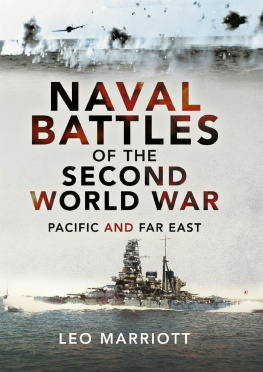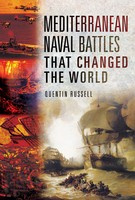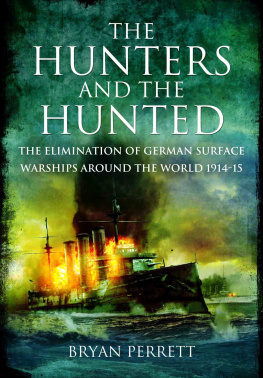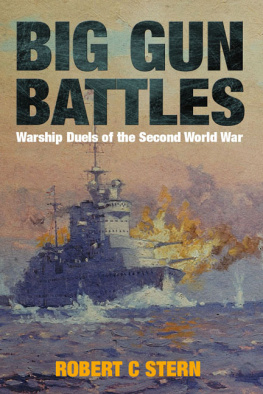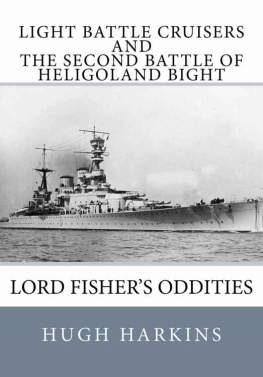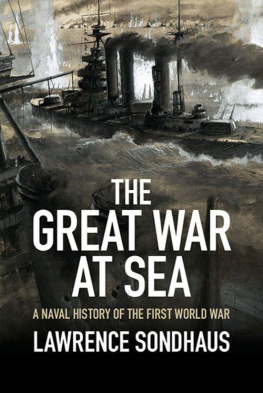

Naval Institute Press
291 Wood Road
Annapolis, MD 21402
2017 by Vincent OHara and Leonard Heinz
All rights reserved. No part of this book may be reproduced or utilized in any form or by any means, electronic or mechanical, including photocopying and recording, or by any information storage and retrieval system, without permission in writing from the publisher.
Library of Congress Cataloging-in-Publication Data
Names: OHara, Vincent P., 1951- author. | Heinz, Leonard R., co-author.
Title: Clash of fleets: naval battles of the Great War, 1914-18 / Vincent P. OHara and Leonard R. Heinz.
Description: Annapolis, Maryland: Naval Institute Press, 2017. | Includes bibliographical references and index.
Identifiers: LCCN 2016054316 | ISBN 9781682470190 (eBooks)
Subjects: LCSH: World War, 1914-1918Naval operations. | BISAC: HISTORY Military / Naval. | HISTORY / Military / World War I.
Classification: LCC D580 .O35 2017 | DDC 940.4/5dc23 LC record
available at https://lccn.loc.gov/2016054316

 Print editions meet the requirements of ANSI/NISO z39.48-1992 (Permanence of Paper).
Print editions meet the requirements of ANSI/NISO z39.48-1992 (Permanence of Paper).
25 24 23 22 21 20 19 18 17 9 8 7 6 5 4 3 2 1
First printing
Contents
Table of Contents
Guide
Photos
Maps
Figure
Tables
T he authors wish to thank Stephen McLaughlin, who generously provided comments, translations, and much valuable information regarding the Imperial Russian Navy. Enrico Cernuschi and Michael Yaklich gave unstintingly of their time in reading and reviewing the manuscript. John Roberts and James Goldrick graciously shared source information; John Brooks reviewed points relating to fire control; Sergei Vinogradov provided information from his research on the Russian navy; Cernuschi, Roberts, Vinogradov, and Peter Schenk also allowed the reproduction of photographs from their collections. Rick Russell and Tom Cutler of the Naval Institute Press supported this project and brought it to print. The authors would also like to acknowledge the many organizations and individuals involved in the digitization and online publication of source material. They have created a treasure trove of relevant documents. Irrespective of the many people whose input helped improve this book, the authors are solely responsible for the content and any errors that may occur.
Finally, and most importantly, the authors would like to acknowledge the support of their families, which is the true foundation of any project of this sort: for OHara, his son Vincent and daughter Yunuen and most especially his wife Maria; for Heinz, his wife Meg, son David, daughter Julia, and granddaughter Maggie, who thought there should be pirates.
Deprived of [seaborne trade] Great Britain could neither maintain her industries, nor equip her armies, nor feed her people.
CHARLES E. FAYLE
A Google image search of World War I brings up picture after picture of trenches, machine guns, gas masks, primitive tanks, and the occasional biplane. Warships are conspicuously absent. These pictures reflect the collective memory of the Great War a century later. They are accurate in showing that the vast majority of deaths occurred on land but disguise the fact that events at sea played a crucial role in determining the victor.
World War I was so deadly and so long a stalemate because, in part, it was the first total war of the industrial age. The ingredients of the victory won by the Entente powers in 1918 proved to be technology, resources, and staminanot, as expected in 1914, the best-trained divisions or the most efficient mobilization plan. Because no nation had all the resources necessary to fight a modern total war it was largely on the seas that the required coal, iron ore, phosphates, and foodstuffs arrived. The Entente powers, especially the United Kingdom, clearly relied upon maritime communications to maintain their economies but even the Ottoman Empire, for example, required sea transportation to meet its energy needs, and Germany needed it to get the iron ore for its war industries. Had the Entente powers lost control of the seas, their supply of resources would have been imperiled and their ability to fight on would have quickly faded. The Central Powers survived longer without sea control (although Germany controlled the Baltic Sea to the very end), but the Ententes oceanic naval blockade ultimately wreaked great privation in Germany and caused starvation in the Austro-Hungarian and Ottoman Empires. Germanys best chance of victory was to defeat the United Kingdom, but this could only be done at seamost effectively by imposing a counter-blockade. The German navys attempt to do this via unrestricted submarine warfare inflicted hardship and panic but ultimately backfired when it provoked the United States to declare war. This, and the Ententes defeat of the submarine offensive, tipped the balance and ultimately doomed the Central Powers.
Clash of Fleets is a naval history of the Great War. It focuses on naval surface combat as the frame of its narrative and the instrument of its analysis. Naval surface combat commonly evokes an image of battleships proceeding majestically in column with massive guns roaring in great gouts of smoke and fireand it could be like this, but not very often. Clash of Fleets details 144 naval engagements fought between major surface warships engaged mostly in the mundane but vital tasks that sustain sea power like patrol, escort, mine warfare, or raiding. Such an account reveals, in its cumulative detail of success, failure, and near run affairs, in its record of fleeting encounters and battleship clashes, how the combatants conducted the war at sea, what they considered important, on what they were willing to hazard their assets, and how the management of risk evolved throughout the war. This history illustrates how weapons performed, how doctrine met operational requirements, and how the naval and land wars intertwined. This work also illuminates one of the great watershed periods of naval development. For decades weapons, processes, and tactical thought had evolved at breakneck speeds in relative peace. In the subsequent trial by fire some systems did not work as expected, some were not used as anticipated, and others established an unexpected importance. The analogies between 1914 and 2017 are striking in that powerful new platforms and weapons have again evolved untested by a full-blooded naval war. Doctrine and training have raced to anticipate the realities of what combat will be like should another war occur. There is much for todays naval professional to consider in the conflict that occurred one hundred years ago.
The general themes of this work are:
That sea power played a vital role in World War I
That surface combat and the ability to impose surface combat power was a key capability of navies throughout the war
That surface combat was fundamental to the application of sea power in all its aspects
That new technology was difficult to apply and sometimes diminished rather than enhanced naval combat power
The book contains seven chapters: The first introduces the weapons and the fleets of the Great War while the following five cover individual years. The final chapter compares surface combat of the Great War to the wars that preceded and followed it, assesses the performance of the combatant navies, and draws certain conclusions. The chronological chapters are divided into sections corresponding to major geographic areas in which fighting occurred: the North Sea, the Baltic Sea, the Black Sea, the Mediterranean and Adriatic Seas, and non-European waters. The components of these geographic subchapters are the battles themselves. This organization allows the massive sweep of action to be presented in a structured format. Space limitations restrict the detail in some cases but at the minimum every description contains a header of basic facts, an order of battle, and a broad outline of what transpired. Certain key or interesting actions are presented in greater detail and their consequences assessed. The objective is a holistic overview of the war at sea through which the themes of this work resonate.


